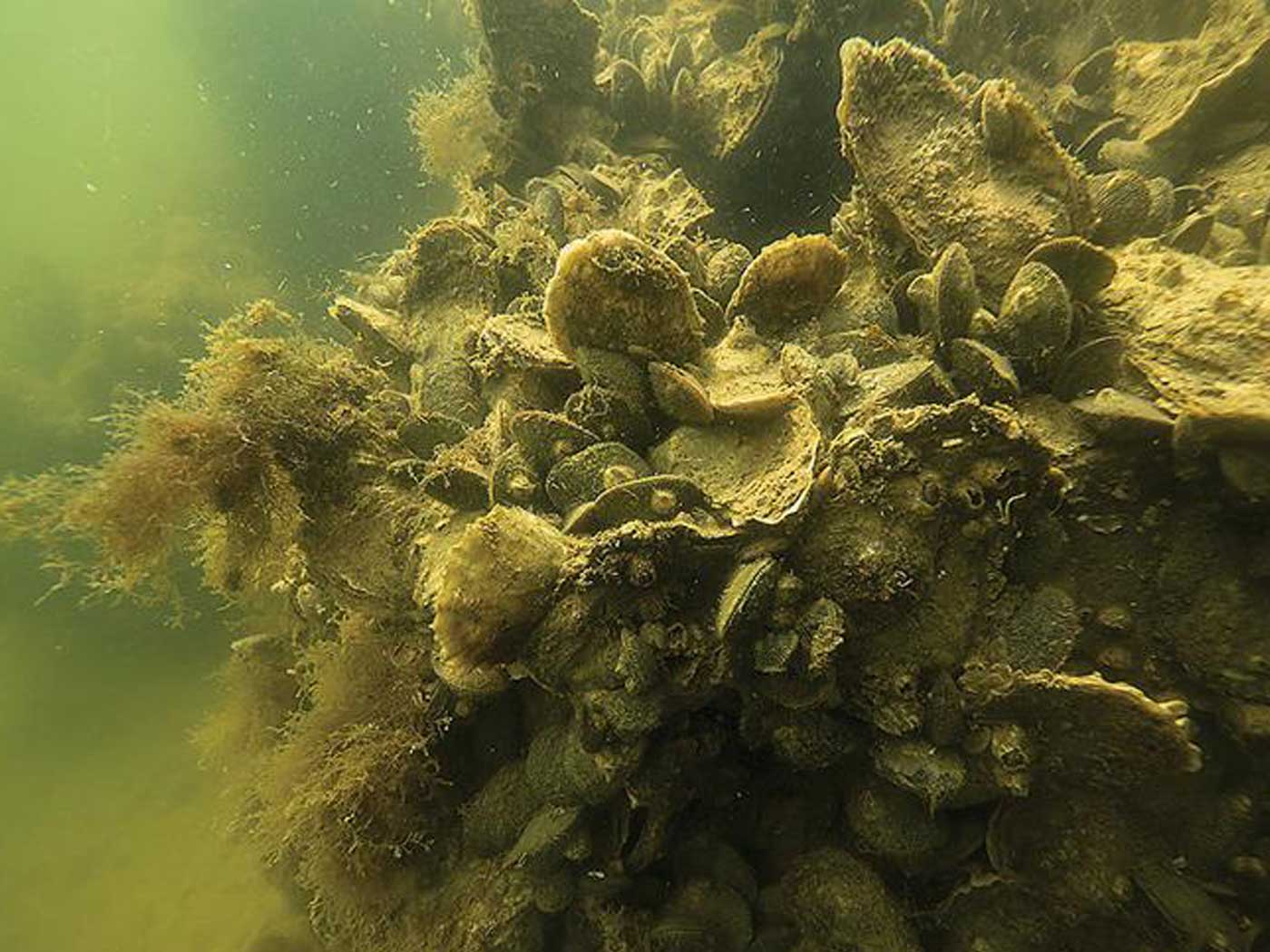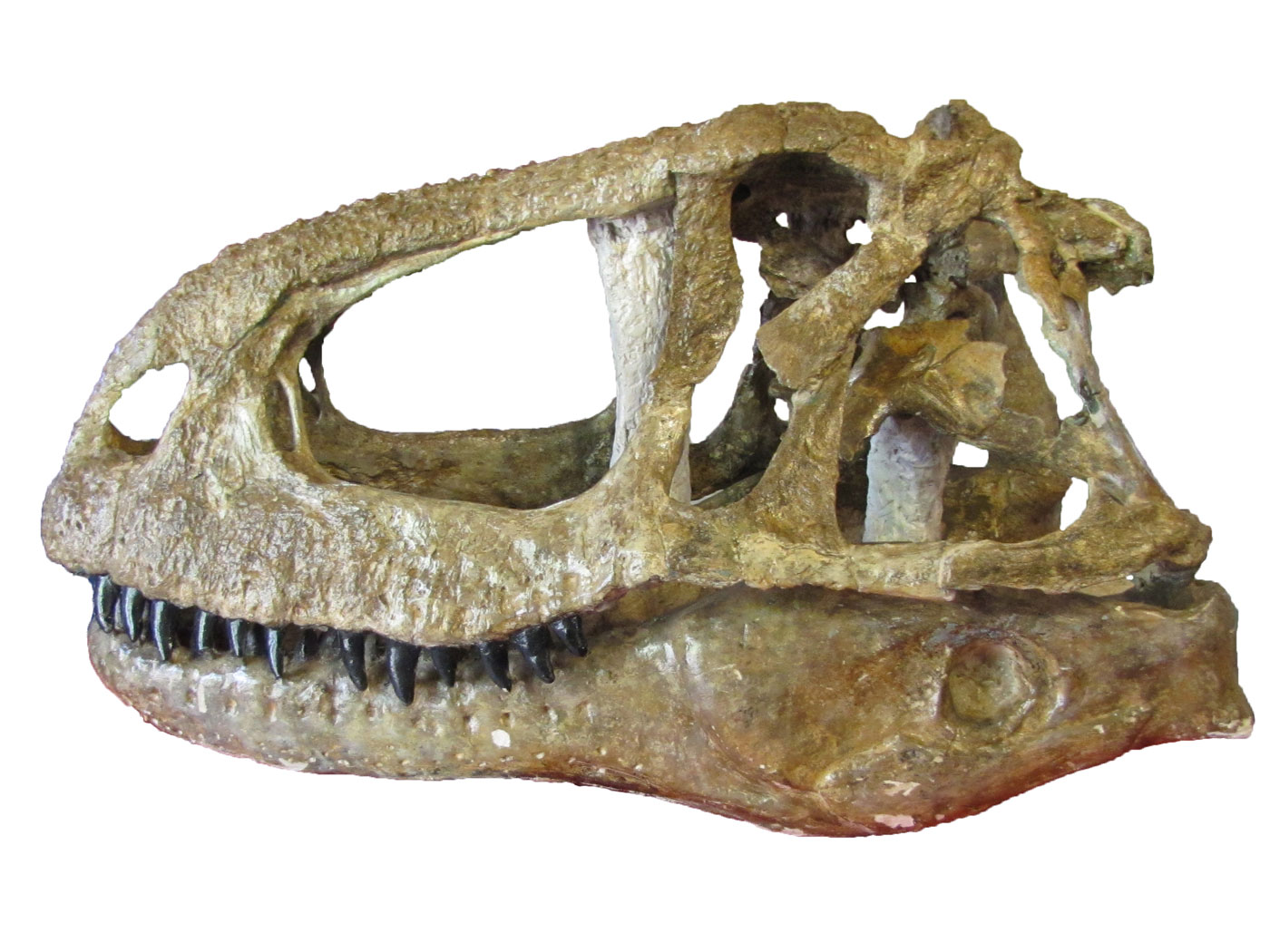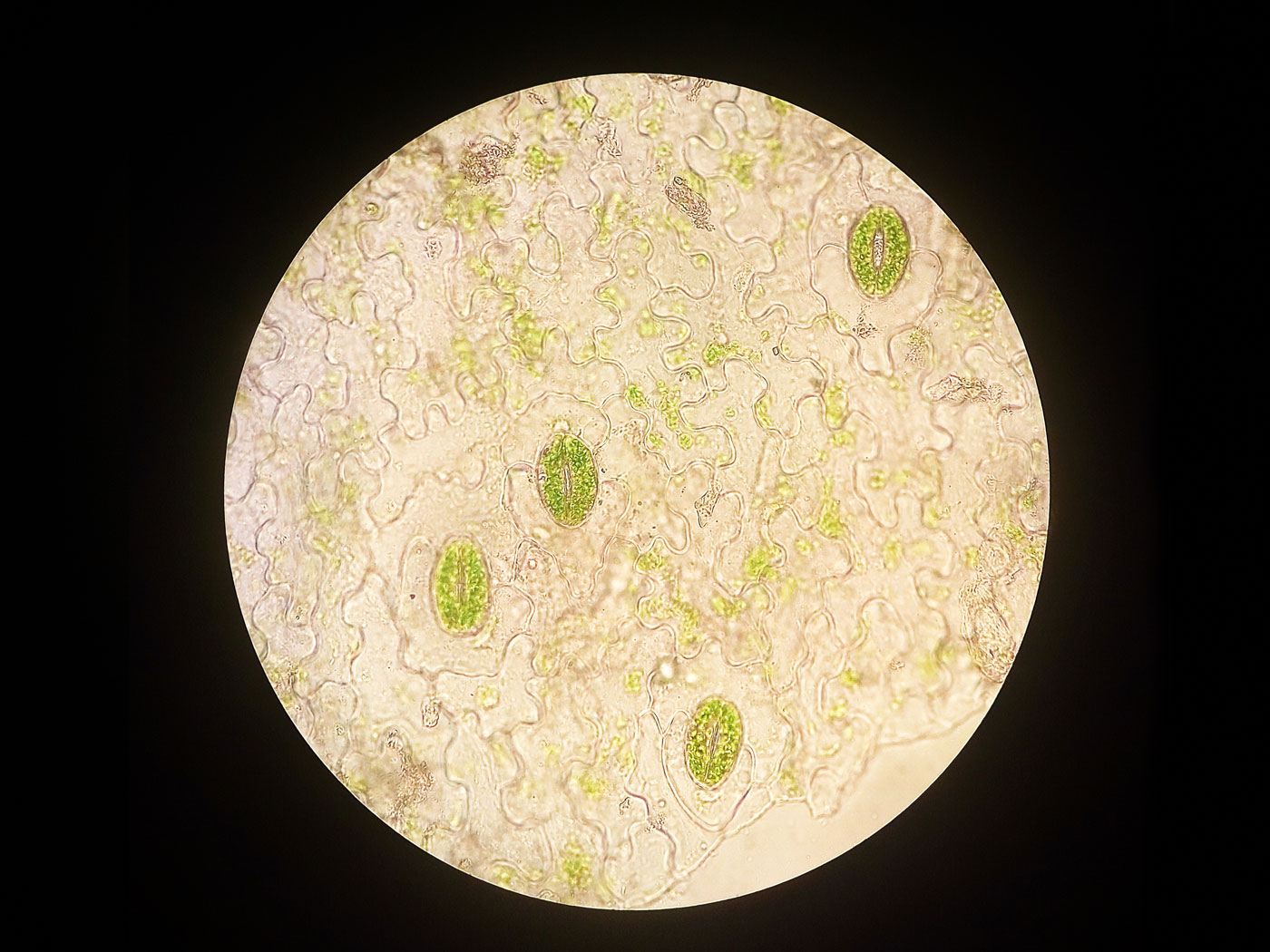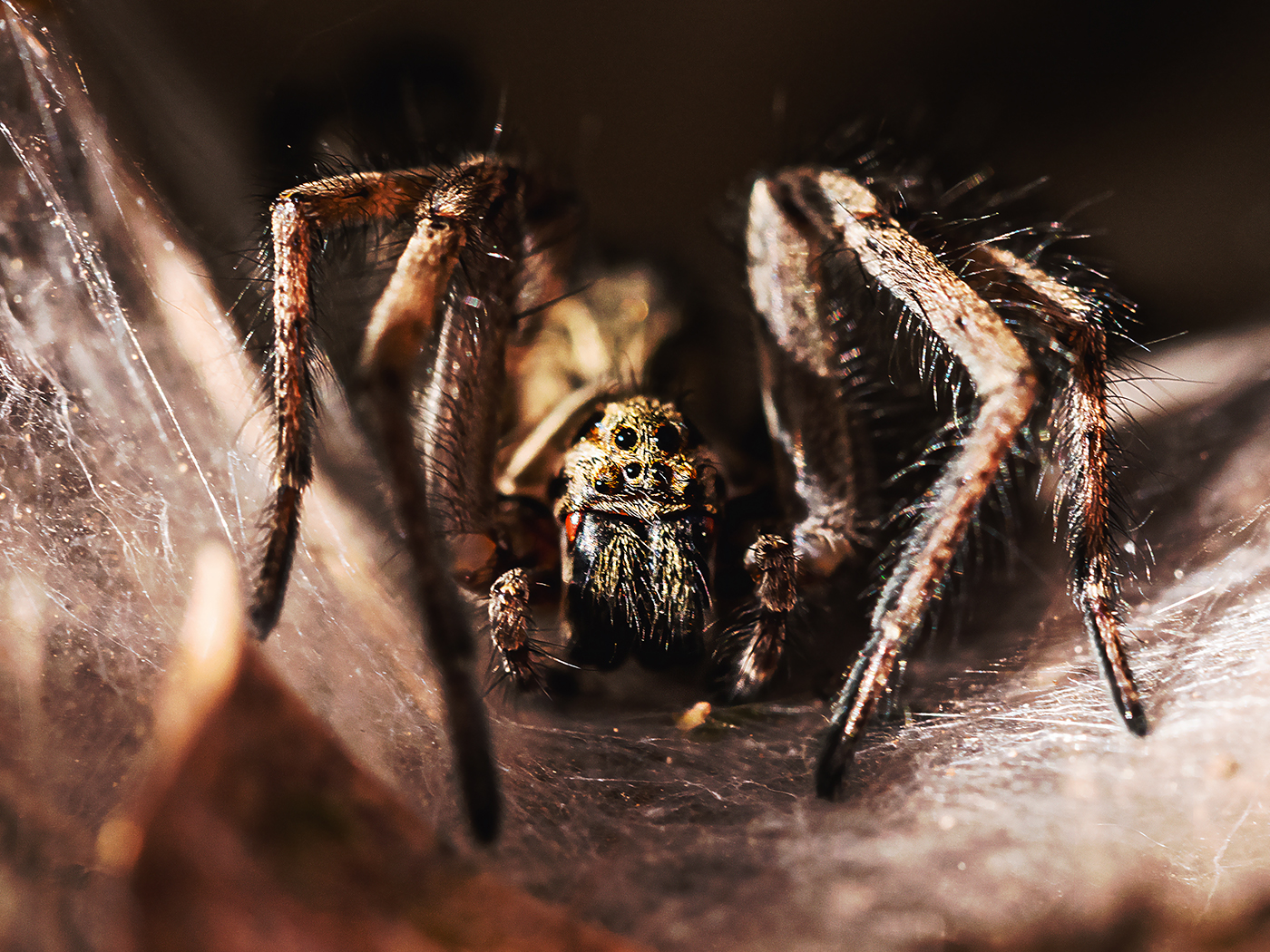Remarkably, when a number of reptilian mothers (including lizards, snakes, turtles, and alligators) bury eggs in warm, incubating sand, all the eggs may produce offspring of the same gender. Females develop at one temperature and humidity, males at another, and a ratio of both sexes at temperatures and humidity levels in between. Sophisticated research is finding some key molecular links between ambient temperature and reptile sex expression. However, if researchers had not initially rejected an engineering-based framework and then embraced evolutionary notions, they may have found research clues that would save years of time.
A research team in Blanche Capel’s laboratory at Duke University studies the common red-eared slider turtle Trachemys scripta elegans. They used ingenious techniques coupled with methodical practices to identify mechanisms that alter the expression of sex-related genes, called epigenetic mechanisms, once the egg detects its incubating temperature.1 Capel’s team demonstrated that when eggs detect cooler incubation temperatures, they increase a key gene (called Kdm6b) and its product. When more of these products exist, more DNA markers (called methyl groups) are removed from a structure associated with the male sex-determining gene Dmrt1. This process turns on Dmrt1 activity in the turtle’s immature sex organs to promote testes development. As a confirmation test, they inactivated the Kdm6b gene at temperatures that normally would be associated with male development. They found an increase of females developing in more than 80% of surviving embryos.
Surprisingly the researchers state, “The puzzle of how the incubation temperature of the egg can exert its effect on sex determination, a problem that has defied explanation for the 50 years since its initial discovery in reptiles.”1
The main reason it has taken so long to make this discovery is not because of technical limitations. Rather, researchers assumed that creatures were cobbled together through a long trial-and-error process instead of being purposefully engineered. Evolutionary biologists have virtually ignored the engineering principles that regulate how any entity will relate to its environment—principles that engineers would readily recognize. For half a century, evolutionary biologists either inserted some mystical steps into the process or overlooked key system elements. But engineers would know these systems must exist and easily recognize them.
For example, consider how research could get further derailed if guided by the new field of Ecological Evolutionary Developmental biology (sometimes called ecoevodevo) advanced by Scott Gilbert and David Epel.2 Temperature and reptilian sex determination is a repeated illustration in their text.
They do accurately note that certain reptile males hatch at temperature A and females at temperature B. An engineer might make a straightforward assumption that an innate mechanism within the reptiles was the causal explanation for this correlation. But being evolutionists, Gilbert and Epel see organisms as molded by their environments. Then they invoke mystical actions, like the environment is “generating” the phenotype or “instructing” organisms. In their chapter entitled, “The Environment as a Normal Agent in Producing Phenotypes,” they summarize,
Environmental factors such as temperature, diet, physical stress, the presence of predators, and crowding can generate a phenotype that is suited for that particular environment….Thus, in addition to helping decide the survival of the fittest, the environment is also important in formulating the arrival of the fittest.3
Later, they added, “Ecological developmental biology has shown that the environment can instruct which phenotype can be produced from the genetic repertoire in the nucleus” since “…the environment is giving instructive information as well as selective pressures…”3
Gilbert and Epel’s position clearly expresses evolutionary thinking. This can lead evolutionary biologists to overlook the causal role of an organism’s innate systems. Examples can be seen in titles of articles associated with Capel’s work, such as “How does temperature determine sex?”4 by Arthur Georges who is a colleague researching the same topic, and “How Turning Down the Heat Makes a Baby Turtle Male.”5
But, since no scientific tests can detect environments sending instructions, or selecting one organism over another, then these statements are mystical. Magical language like this pervades evolutionary biology. To correct mystified explanations, Cabej detailed at length what engineers know, which is that changed conditions in and of themselves are “meaningless” and that they “are not instructions telling genes what to do”6 and why,
In everyday parlance, environmental stimuli is [sic] said to induce or even regulate the expression of specific genes. This notion is so engraved in the biological conceptual system that it comes as a revelation when, upon closer scrutiny, it turns out that no external stimuli that could directly induce the expression of any gene are known.7
Temperature itself does not determine the sex of all reptiles. The researchers now know that it does not even affect the Kdm6b gene. The Duke press release mentions,
The researchers think that Kdm6b and the protein it encodes don’t sense heat or changes in temperature inherently, since cooler incubation temperatures increased gene activity in the turtle’s future testes but not in other developing organs such as the heart or the liver.8
So, there must be some unique innate characteristics to these particular reptiles—and even some molecules—that specify temperature as a “stimulus.” These reptiles must possess some type of sensor to detect it. Engineers know that three elements must be present in any adaptable entity: a sensor to detect changing conditions, an if-then logical algorithm, and an actuator to implement suitable responses.9
Researchers could have been directed toward the right conclusion if they had been informed by engineering-based design principles rather than trial-and-error Darwinism. It’s likely that engineers might have been looking for a key temperature sensor from the beginning—because one must exist.
Finally, both investigative teams are looking for a sensor, and the Duke press release accurately identifies its process-initiating role as “the temperature-sensing trigger.” Georges said, “Questions remain as to whether Jumonji genes such as Kdm6b are responding directly to temperature or, alternatively, are regulated by upstream temperature-sensitive elements yet to be discovered.”10 Capel’s team ended their paper by saying, “Identification of the link between temperature and differential expression of an epigenetic regulator may finally solve the puzzle…”11 They could begin with the work of another colleague whom they do not reference, but has found the temperature sensor in alligator eggs.12
Recognizing the Lord Jesus Christ for the great biological engineer that He is would not shut down research, it would vastly improve it. ![]()
It’s clear that recognizing the Lord Jesus Christ for the great biological engineer that He is would not shut down research, it would vastly improve it.
References
- Ge, C. et al. 2018. The histone demethylase KDM6B regulates temperature-dependent sex determination in a turtle species. Science. 360 (6389): 645-648.
- Gilbert, S. F. and D. Epel. 2009. Ecological Developmental Biology: Integrating Epigenetics, Medicine, and Evolution. Sunderland, MA: Sinauer Associates, Inc.
- Gilbert and Epel. 2009. pp. 33, 370 and 407; emphasis added.
- Georges, A. and C. E. Holleley. 2018. How Does Temperature Determine Sex? Science. 360 (6389): 601-602.
- Smith, R. A. How turning down the heat makes a baby turtle male: Scientists start to crack 50-year puzzle of how temperature influences a hatchling’s sex. Duke Today. Posted at today.duke.edu on 10 May 10, 2018 accessed on May 10, 2018.
- Cabej, N. R. 2005. Neural Control of Development: The Epigenetic Theory of Heredity. Dumont, NJ: Albanet, p. 64.
- Cabej, N. R. 2013. Building the Most Complex Structure on Earth: An Epigenetic Narrative of Development and Evolution of Animals (Elsevier Insights). New York, NY: Elsevier Publishing, p. 199.
- Smith, How turning down the heat makes a baby turtle male.
- Kenneally, G. et al. 2016. Design Principles for a Family of Direct-Drive Legged Robots. IEEE Robotics and Automation Letters. 1 (2): 900-907.
- Georges, 602.
- Ge, 648.
- Yatsu, R. et al. 2015. TRPV4 associates environmental temperature and sex determination in the American alligator. Science Reports. 5:18581.
*Randy Guliuzza is ICR’s National Representative. He earned his M.D. from the University of Minnesota, his Master of Public Health from Harvard University, and served in the U.S. Air Force as 28th Bomb Wing Flight Surgeon and Chief of Aerospace Medicine. Dr. Guliuzza is also a registered Professional Engineer.























